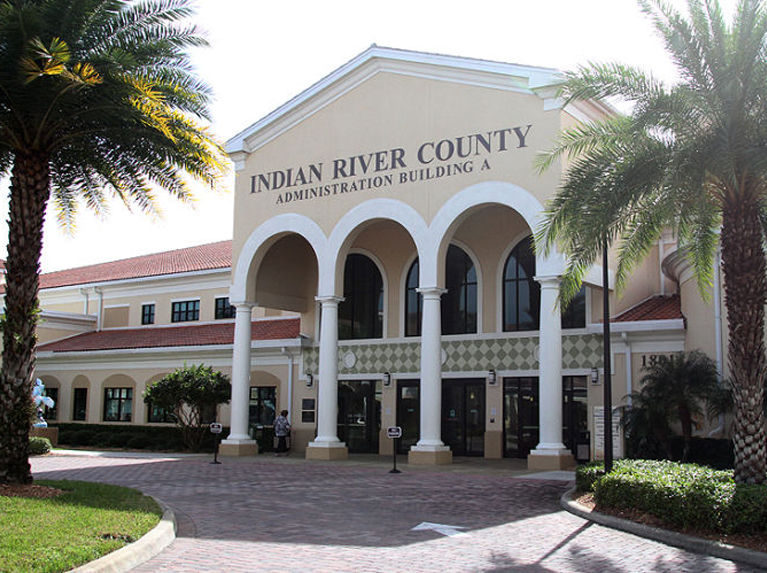
INDIAN RIVER COUNTY — Over the next three years, if Indian River County residents’ daily commutes become smoother, it will be due in part to a major grant from the Florida Department of Transportation to fund upgrades to the county’s computerized traffic system.
Public Works Director Chris Mora, who for decades served as the county’s Traffic Engineer before being tapped to replace his old boss, Jim Davis, and to run the department, got the okay from all five commissioners Tuesday to accept $695,705 in state funding to make the county’s traffic hub more efficient and effective.
“This is unique on the Treasure Coast. The other counties don’t do these things because they don’t have the staff to produce the results like we’re doing,” Mora said. “FDOT came to us and said can you use these funds to improve traffic.”
“For three years we’re going to be expending these funds, state and federal funds, with no expense to the county,” Mora said.
The technology will improve the county’s Automated Traffic Management System or ATMS. The purpose of ATMS, the county staff told commissioners is to “improve traffic flow by gathering real-time traffic information.”
That information comes from a camera system that monitors traffic volume and congestion, to alert the staffers monitoring the intersections when there’s a snag. When traffic flow efficiency is increased, theoretically, the county’s roads should be safer and the population more mobile.
Traffic analyst Jeanne Bresett said that in the past 20 years, Indian River County has gone from 47 isolated traffic signals to 148 interconnected and coordinated signals. The County handles traffic engineering for the unincorporated areas, plus county roads and traffic within the City of Vero Beach.
Through traffic studies and engineering, the County has been able to coordinate the changing of traffic lights to correspond with daily commuting patterns in the morning and at night, directing traffic to the centers of commerce where people flock to work and to shop — specifically to areas near the intersection of State Road 60 and U.S. Hwy 1 — and then back west, south and north in the late afternoon and evening.
“We’re grateful and we’re also proud of the accomplishments we’ve made over the past 20 years,” Bresett said.
The ATMS uses video detection to actually see when vehicles are waiting at red lights or in turn lanes. The software senses when the pixels on the digital image change from the color of the pavement to the image of a car, truck or bus.
“You make the timing good at each intersection and then you improve how the signals work in tandem with one another . . . and try to direct traffic in the prevailing direction,” Mora said. “Once you get traffic to the main thoroughfares then you project it toward the center which is basically Route 60 and US 1.”
Signals run between the traffic lights and the Traffic Management Center via an Ethernet system using broadband technology that the county, the City of Vero Beach and the Indian River County School District invested in 15 years ago, giving traffic analysts the ability to program and re-program individual signals from their desktop computers.
The project is set to be built in five phases, concentrating on intersections on and with state roads.
Commissioner Wesley Davis asked if the county retains the video footage from all those cameras it uses to regulate traffic. Mora said that there are two types of cameras, detector cameras and surveillance cameras. “Neither of those record,” Mora said.
Chairman Wesley Davis said it was commendable that Indian River County has the staff and the infrastructure in place to benefit from the state dollars. “There is not another county that has the ability to utilize these funds for traffic flow. People do not understand how our traffic really flows in our community. People never cease to be amazed whenever I give a talk . . .It’s simply amazing what they can do.”
After the system is implemented, the efficiency could increase the level of service on some existing roads, enabling the county to postpone or avoid adding lanes. The idea was raised that the added efficiencies might also reduce traffic impact fees in certain locations once the project results can be incorporated into long-term planning of road expansions.



